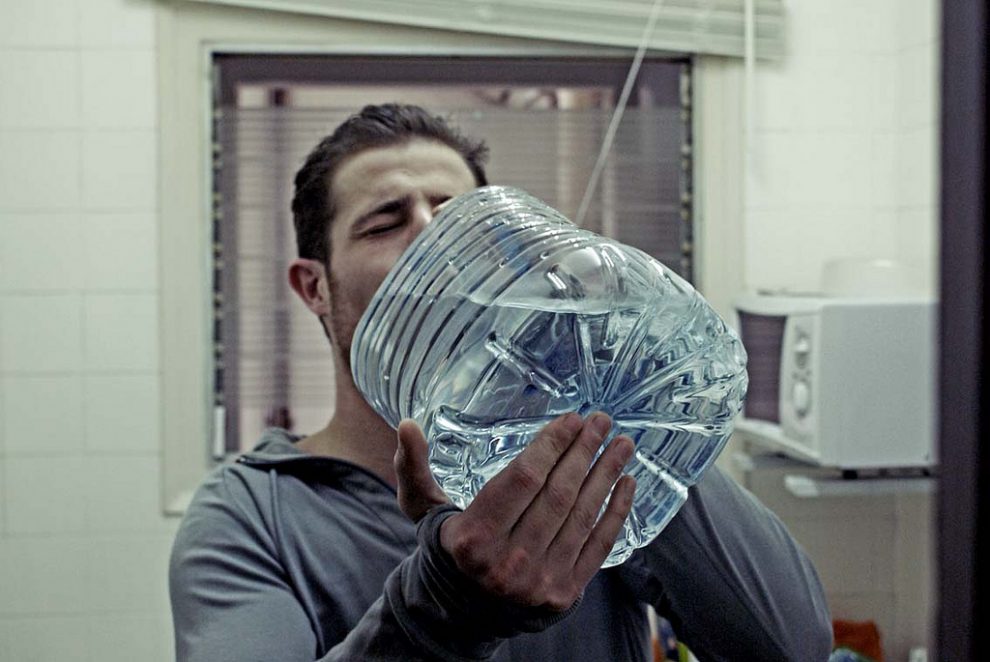Thermal stress (or heat stress) is a common health risk facing miners. Any mining environment is hot, but especially for miners in Australia. Over time, thermal stress can have an impact on you and your overall health. Being overexposed to humidity and heat can distress the body, causing fatigue, heat rashes, and a variety of other health issues.
- Heat Rash
This is one of the minor results of thermal stress. In addition to heat rash, you may experience sunburn. If your skin is blistering you will need to seek medical assistance, if, however, you are experiencing heat rash a change of clothes will help. It’s a common occurrence in a hot and humid environment.
- Heat stroke
The symptoms of heat stroke include shallow breathing, rapid heartbeat, throbbing headache, nausea, vomiting, skin that is hot, dry, and red, dizziness, and muscle cramps. Severe heat stroke may require hospitalisation and can take as long as two months to fully recover from. It can result in brain damage, organ failure, and if allowed to go untreated, it can result in death.
- Cardiac function
Thermal stress puts additional work on every part of your body, especially the heart. This additional stress on your body increases the risk of stroke and heart attacks. This is why it’s imperative that preventative measures are put in place for miners.
There are ways to combat this risk, including protective equipment, clothing, regular hydration, and work rate. It becomes more difficult for the body to regulate temperature when in a state of dehydration so it’s vital that miners drink enough water. Ideally, engineering solutions could be put in place to control the temperature of the working environment. Failing that, there is specialised equipment available to provide workers with breathable fabrics and personal cooling systems. Of course, training here is paramount.














Add Comment